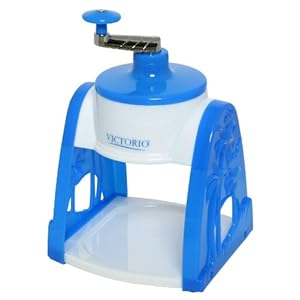Forklift security Begins With A Daily Check
Forklift safety begins each shift with an inspection of the tool before use. For each shift that the tool is in use, an inspection needs to be made. unavoidable defects can be found from a quick optical inspection of the forklift.
Begin with the tires. Are they round and black? Is rubber missing so that the plane transit of the car is compromised? In the case if pneumatic tires, are they sufficiently inflated to hold the weight that is to be carried? An air pressure gauge may be required to ensure the permissible pressure, but immoderate air loss can be noted visually.
Next, test the horn and other alarms that are required in your operation. Some operations need a backup alarm, if so engage reverse gear and listen for the alarm. Still other operations need an alarm for all movement. In this case test the alarm in forward gear as well as reverse.
Test the lights for permissible illumination. If your forklift is qualified with brake lights or signal lights, test them as well.
Check the battery to ensure it is secure. Check the voltmeter on the instrument clump if so qualified to ensure the battery voltage is correct. In some operations, you may also check the fluid level in the battery as well.
Test the controller for permissible doing and release.
Look at the lift chains, cables, forks and mast assembly and take note of any abnormal wear, cracks or breaks. Check for permissible lubrication of the lift assembly.
Test the brakes for pedal height and retention power. Also check the parking or accident brake.
Turn the steering wheel left and right and look for play or loose appeal in the steering mechanism. Visually check the steer axle to make sure there are no excessively worn or loose parts
Operate all hydraulic controls and verify permissible operation. Look for any signs of leakage and verify the strict level in the hydraulic fluid reservoir.
Check the fuel system for enough fuel level. Checks for leaks visually and be aware of any smells of leaking fuel. Propane fuel systems will sometimes ice up at a leak point and there will be a smell.
Ensure that the forklift is clean and free of grease, oil, lint or paper dust. Accumulations of these materials can of course start a fire on the lift.
Verify that all guards are in place and in permissible working condition. Ensure that there is no damage to the overhead cage and that the securing bolts are properly affixed. Ensure that there are no coverings that would obscure vision of lifted loads.
Verify that all gauges are working properly and are in the appropriate ranges when the machine is in operation.
Check the seat belt. Make sure there are no cuts, tears or frays that would compromise the retention power of the belt. Ensure that the latching mechanism works and securely hold the belt. Ensue that the mounting bolts are secure.
For propane powered lifts, ensure that the tank is obtain in its mounting brackets. Ensure that the fittings are tight and there is enough level to begin the shift.
Remove the dipstick from the machine and verify that the machine oil level is correct. Note the color of the oil and look for any unavoidable contaminants.
Check the transmission fluid level and color. Note any unusual smell to the oil.
If your forklift is qualified with windshield wipers, verify their operation.
Check that all nameplates that indicate the model and serial whole of the unit are in place and legible. collate the load rating to the tasks to be performed and ensure that the lift is capable of its intended use.
Verify that the exhaust system is free of leaks and that the muffler and flame arrestors are functioning properly.
Check the fire extinguisher charge. The indicator should be in the green zone. If qualified with a dry chemical extinguisher, shake the bottle to ensure that the powder flows freely and is not compacted in the canister.
Be sure to note any other defects that might impair the safe doing of the forklift.
The above procedure is just a beginning point for safety. You will need to add inspection items that are unique to your operation. As always, the forklift operator is ultimately responsible for his own safety and for the safe doing of the vehicle. The writer of this or any other procedure based on this checklist can in no way assume any liability for the safe operation.
If any defects are noted in the inspection, then repairs must be arranged before the unit is put into operation. To insure that the forklift is not used, place a sign or tag in the unit indicating that repairs are needed before operation. sense the appropriate persons responsible for repair. Do not exertion to fix the unit yourself unless you are qualified.

No comments:
Post a Comment